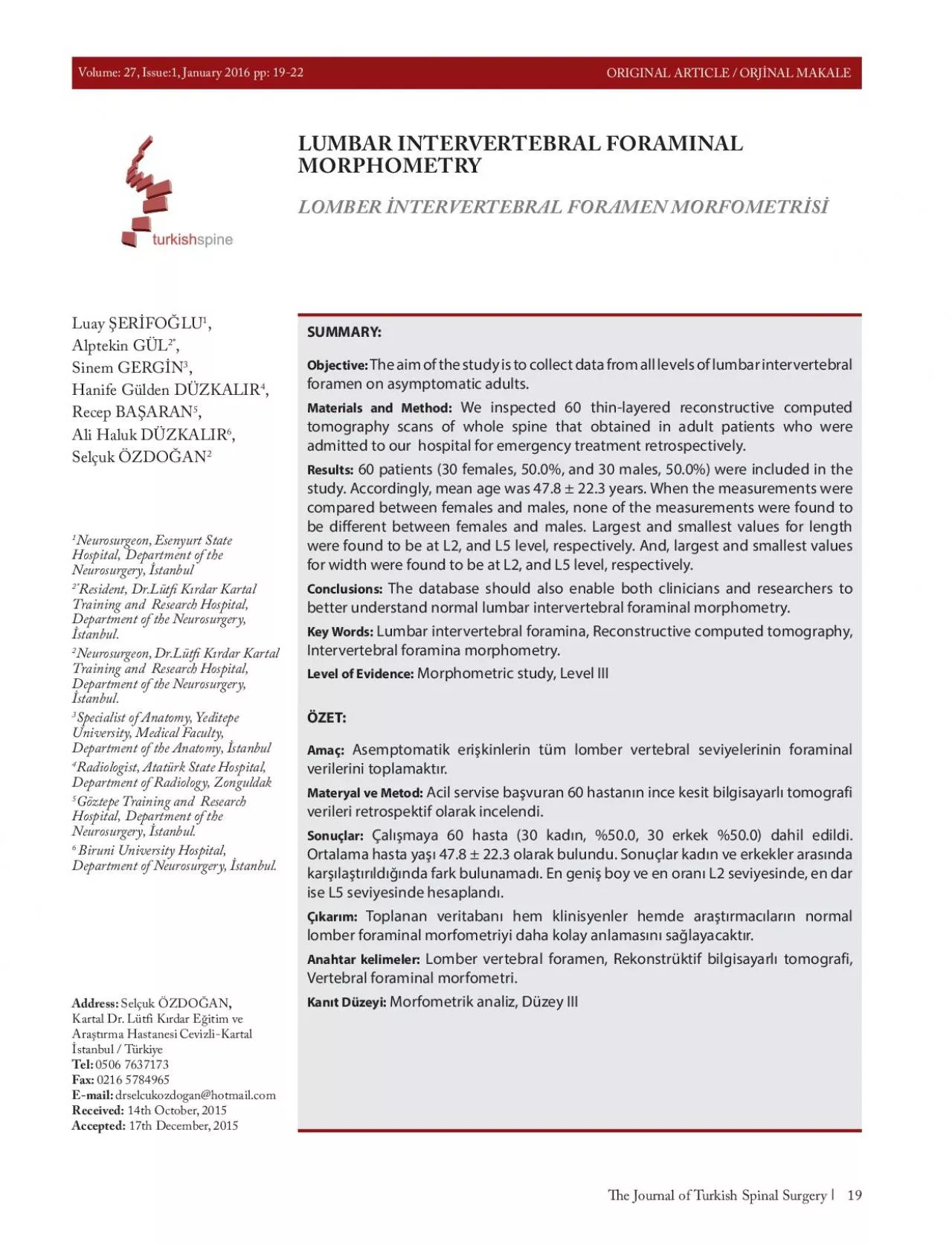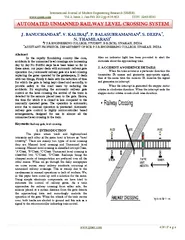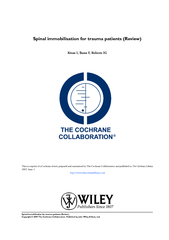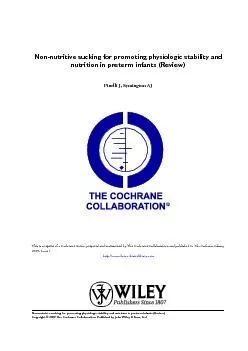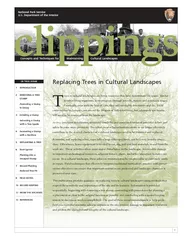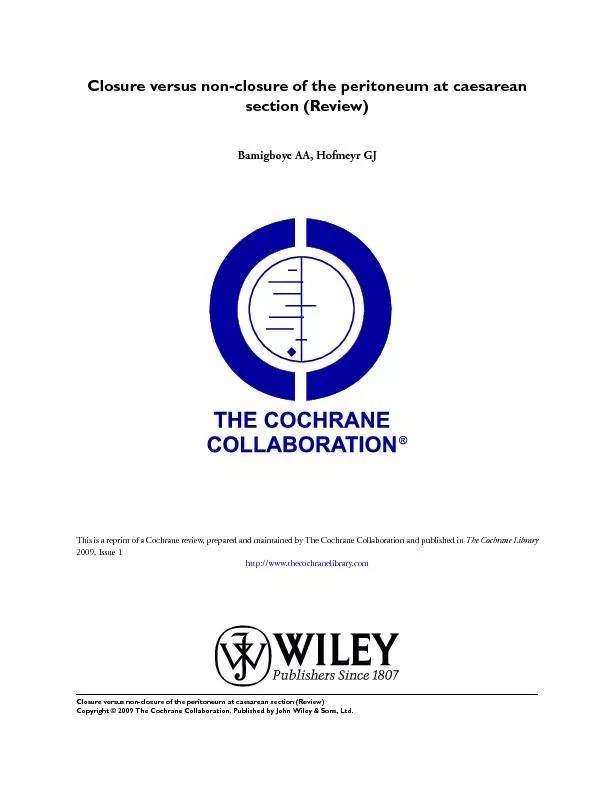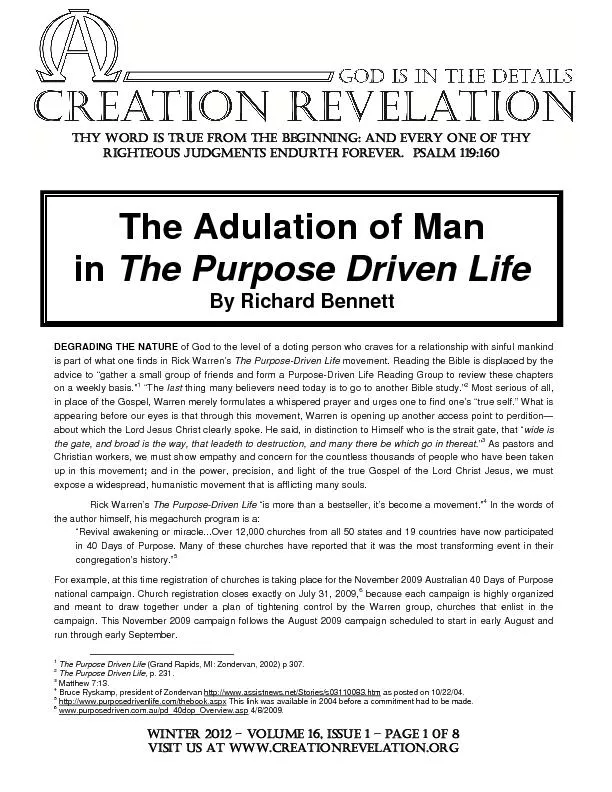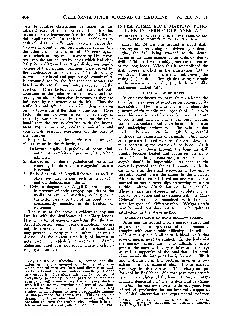PDF-Volume 27 Issue1 January 2016 pp 1922
Author : nicole | Published Date : 2022-09-22
19 ORIGINAL ARTICLE ORJ31NAL MAKALE SUMMARY Objective The aim of the study is to collect data from all levels of lumbar intervertebral foramen on asymptomatic adults Materials
Presentation Embed Code
Download Presentation
Download Presentation The PPT/PDF document "Volume 27 Issue1 January 2016 pp 1922" is the property of its rightful owner. Permission is granted to download and print the materials on this website for personal, non-commercial use only, and to display it on your personal computer provided you do not modify the materials and that you retain all copyright notices contained in the materials. By downloading content from our website, you accept the terms of this agreement.
Volume 27 Issue1 January 2016 pp 1922: Transcript
Download Rules Of Document
"Volume 27 Issue1 January 2016 pp 1922"The content belongs to its owner. You may download and print it for personal use, without modification, and keep all copyright notices. By downloading, you agree to these terms.
Related Documents

